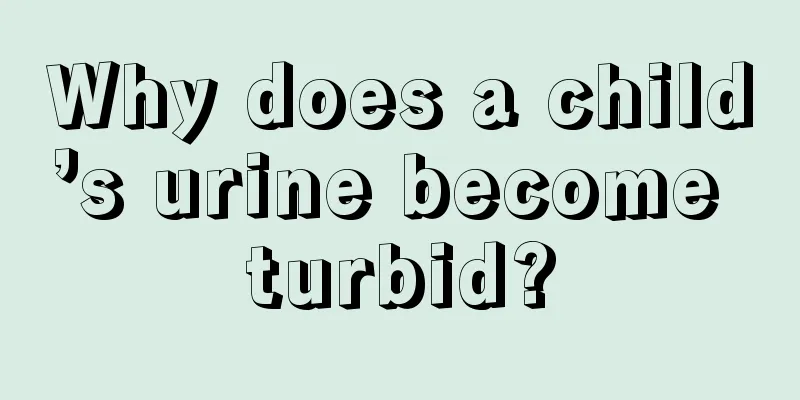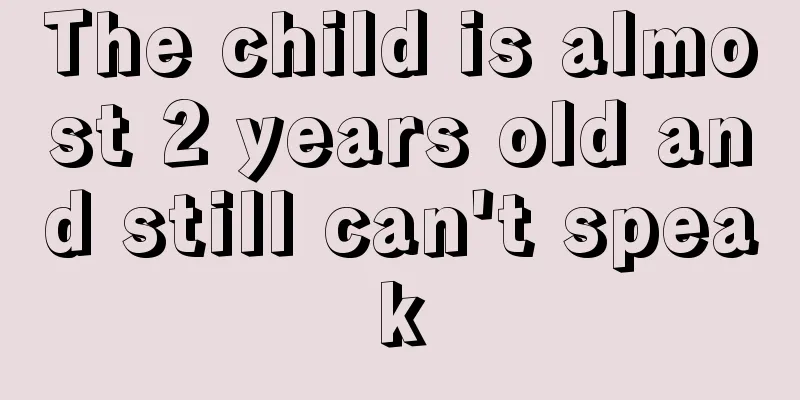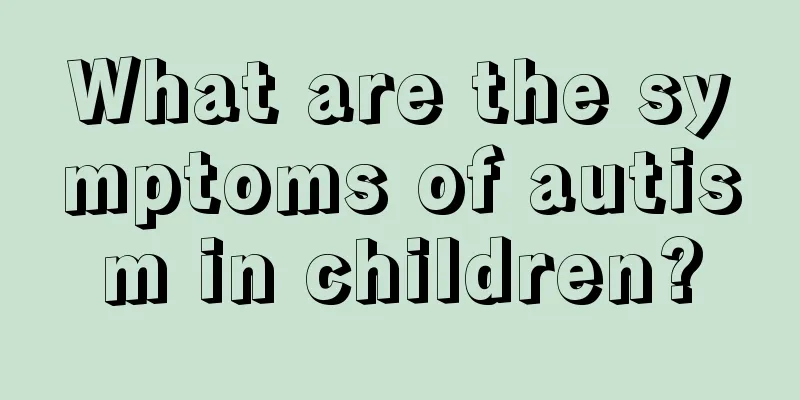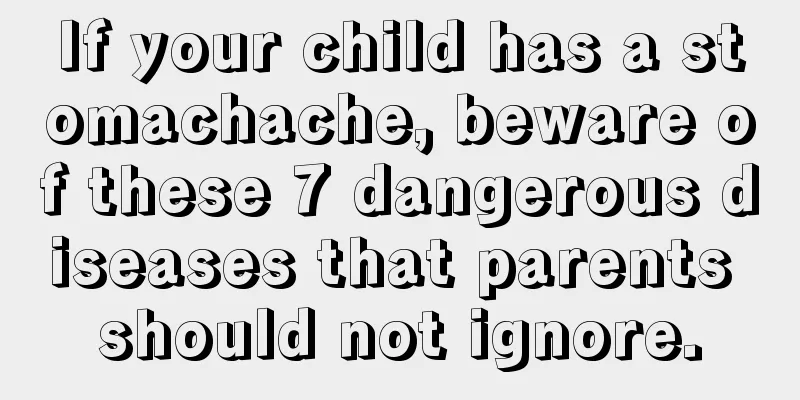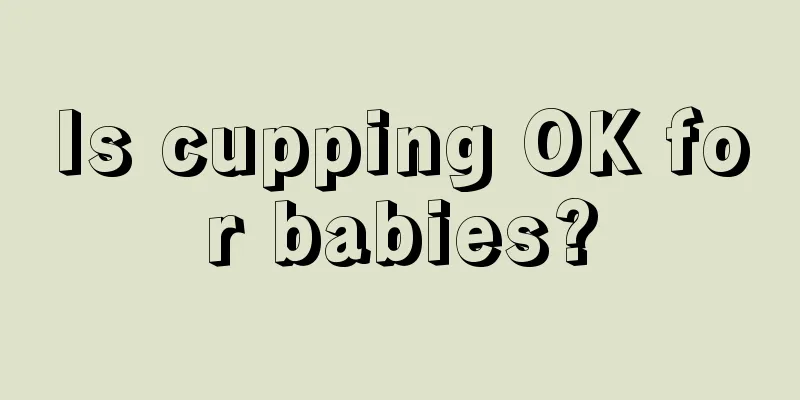Symptoms of heat stroke in young children

|
Heatstroke is a general term for the symptoms of temperature regulation disorders, water and electrolyte metabolism disorders and nervous system dysfunction caused by long-term exposure to high temperature and heat radiation. Patients with craniocerebral diseases, the elderly, the weak, and pregnant women with poor heat tolerance are particularly prone to heat stroke. Heat stroke is a life-threatening emergency disease. If not treated quickly and effectively, it can cause convulsions and death, permanent brain damage or kidney failure. Young children with weak constitutions are more likely to suffer from heat stroke due to high temperatures. Let us learn about the symptoms of heat stroke! Reaction symptoms: 1. Seemingly agitated and crying, possibly followed by convulsions or coma. 2. Decreased activity, decreased appetite or vomiting. 3. The body temperature rises significantly, even reaching over 40°C. 4. The complexion is ruddy, but there is no sweating and the skin is dry. 5. Breathing and pulse rate increase. Degrees of heat stroke: Heatstroke can be divided into three types according to the severity of the disease: pre-heatstroke, mild heatstroke and severe heatstroke. 1. The symptoms of prodromal heatstroke include profuse sweating, thirst, dizziness, blurred vision, chest tightness, nausea, weakness and numbness in the limbs, and inattention. The body temperature is normal or slightly high, which is called prodromal heatstroke. Generally, it can be recovered in a short time. 2. In addition to the above symptoms, mild heatstroke also has flushed face, burning skin, and early signs of peripheral circulatory failure, such as pale face, vomiting, cold and clammy skin, low blood pressure and pulse rate. The patient's body temperature is above 38°C. If treated in time, the patient can return to normal within a few hours. 3. Severe heatstroke: Anyone who has the above symptoms and is accompanied by fainting, coma, muscle cramps, or cannot recover within one day is considered to have severe heatstroke. If you suffer from severe heatstroke, it is best to go to the hospital for treatment immediately. Emergency treatment 1. Move the child to a cool and ventilated place, then undress the child. 2. If you are indoors, use a fan or air conditioner to lower the temperature. 3. Wipe your child's body with a wet towel, or pour some clean water directly on his body. After drying the child, cover him with a dry towel or blanket and let him rest in an air-conditioned room. 4. Provide your child with hydration and cool drinks. 5. It is best to seek medical attention immediately to check for other complications. How to prevent it 1. Avoid letting your child move around or stay in a humid and hot environment for too long. 2. Do not leave children alone in a parked car The above are the various symptoms of heat stroke in various children. Because the degree of heat stroke is different, the degree of reaction and condition will show different phenomena and reactions. We should understand each condition and take correct first aid measures in time, so as not to panic when someone faints from heat stroke! |
<<: What should I do if my baby has a hoarse voice during the confinement period?
>>: Causes of peeling hands and feet in children
Recommend
How to relieve a child’s fever of 39 degrees?
Recently there was a report in the UK that a chil...
The dangers of pathological jaundice in children
Pathological jaundice is a common disease in newb...
Baby's bad breath
In life, many parents will find that the saliva f...
What should I do if my full-month baby is calcium deficient?
I believe that parents are the happiest and most ...
If a child has tooth decay pain, distinguish the severity and then treat it
Children love candy, so tooth decay is a common p...
What are the medicines for children's gastrointestinal conditioning?
As we all know, children's body resistance an...
How to give Yinzhihuang to babies
Most babies will show yellowing signs on their bo...
What are the developmental standards for one and a half year old babies?
The developmental standards of children are an is...
How to pay attention to viral colds in infants and young children
Viral colds in infants and young children are a c...
What's on the baby preparation checklist?
Before the newborn baby makes a sound, expectant ...
Knowledge about bronchiolitis
Bronchiolitis is a common disease among children,...
Is it necessary for babies to have a cardiac ultrasound?
When babies are young, they are very likely to su...
Reasons for green and foamy baby stools
Many parents are very worried when they take care...
What to do if your child has mouth sores
Mouth ulcers are a common problem in our lives, w...
What are the treatments for tuberculosis in children?
Tuberculosis in children is a typical type of lun...

